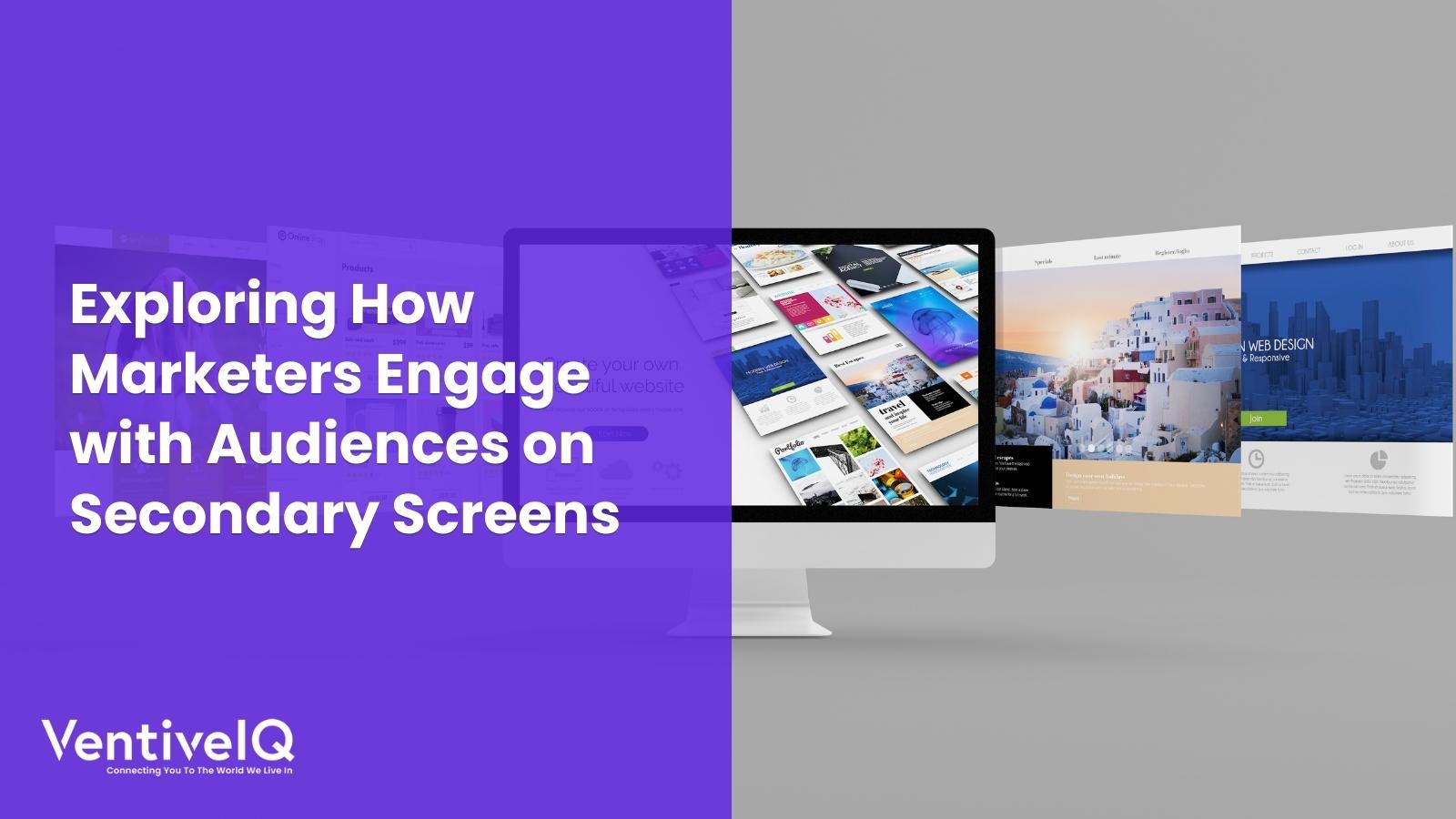It was almost inevitable that automation would find its way to the ads space. The ads industry was worth $649 billion in 2021 after all. Anything that would make the process faster, efficient, and cheaper than human labor would always meet welcoming hands.
So, we discuss the why, what, and how Vox Media, traditionally a media company, decided to dip its toe in the Vox Media, first-party data solution, advertising business, and customer data advertising industry.
What is SSP?
To outsiders, it may seem a little unusual for a media company to try its hand at anything unrelated to news stories. In reality, they follow a well-beaten path of media companies pivoting to data-first operations.
There are plenty of reasons, about 649 billions of them, for Vox Media to try its hand at SSP. Which begs the question, what is SSP? That’s the short form for the supply-side platform, ad-speak for a publisher’s platform for managing, selling, and optimizing ad placements using automation.
It is a far cry from the old practice where salespeople would negotiate the price and ad placements, a tedious process considering how online advertising business works nowadays.
Why is Vox Media Entering the SSP Game?
Vox Media entered the SSP industry in the week of June 2022 by launching Concert SSP, leveraging all the media houses under its umbrella. It makes financial sense considering Vox Media collectively recorded 23.1 million visits in May 2022, with an average visit duration of 07.26 minutes.
To take a big chomp out of that advertising cash pie, Vox Media has to leverage the programmatic advertising ecosystem that the Concert SSP captures. As was expected, Vox Media would not discuss the fee or share structure.
The platform grants advertisers’ access to the Vox Media suite of publisher monetization and inventory that runs through its entire assortment of magazines like SB Nation, Curbed, The Verge, and New York Magazine.
Vox insists it can pull it off, brandishing its ad unit Athena which it says provides better results for advertisers and improve ad campaign performance. You can’t knock down the scale of Vox Media’s footprint, so they at least have that going for them.
The media house argues that if you choose The Trade Desk, you have a transparent, cost-effective, and direct line to ad buyers and sellers. Its Programmatic platform caters to those who value creativity and user experience over scale; not that scale is a problem in the first place.
Finally, the Forte data solution should give Vox an advantage once the web finally gets rid of cookies. The first-party data solution consolidates audience signals such as watching, reading, listening, and buying.
How Does SSP Work?
It may sound like a straightforward procedure, but it is a bunch of processes based on programmatic that accounts for 84.9% of all US digital display ads:
- Supply Path Optimization: An SSP will help you determine the suitable sources to work using factors such as bid rates, latency, demand, and ad space availability.
- Real-Time Bidding (RTB): The beating heart of any SSP, you use RTB to participate in auctions when impressions avail themselves. Advertisers and publishers use RTB to buy and sell ads.
- Frequency Capping: The platform limits the number of times to display adverts to customers as capped by the advertiser.
Why Choose VentiveIQ
If you are on the other side of the fence, you are looking at the demand-side platform (DSP). A marketer can use one platform to access, manage, and buy ad inventory from multiple sources.
VentiveIQ has a robust DSP that helps with data onboarding, customizing audiences, and customer data enhancement to campaign performance, all without using cookies.
You can choose from a rich selection of products containing device graph that provides insights into people’s digital experience across devices, identity graph for collecting, cleansing, and activating audience data, and business graph for creating lead lists without low-quality leads.



